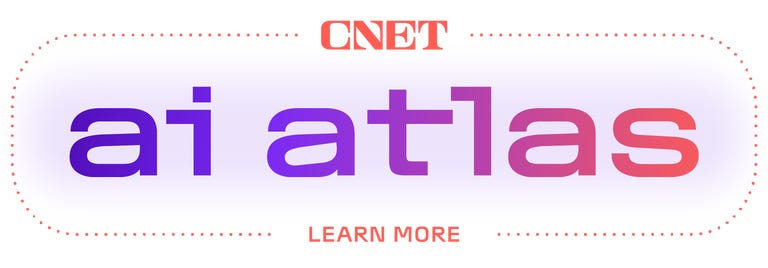
The site of the worst nuclear accident in US history could come back online by 2028 to power Microsoft’s data center energy needs, including AI.
A purchasing agreement between Microsoft and Constellation Energy would reactivate a nuclear reactor at Three Mile Island in Pennsylvania that went offline five years ago. The reactor, dubbed Unit 1, is close to Unit 2, which famously experienced a partial meltdown in 1979 in an incident that cooled enthusiasm for nuclear power in the US for decades.
Pending Nuclear Regulatory Commission approval, the plant would resume operations starting in 2028 and, under a 20-year agreement, would provide energy solely to Microsoft. Constellation said in a press release that it hopes to extend operations there until at least 2054 and that the reactor would generate an additional 800 megawatts of electricity and add 3,400 jobs to the economy.

A representative for Microsoft pointed to a company blog post about the progress of the company’s energy and sustainability initiatives.
Constellation says the Unit 1 reactor closed in 2019 for economic reasons and was previously generating 837 megawatts, enough to power more than 800,000 homes. The plant will be named Crane Clean Energy Center in honor of Constellation parent company Exelon’s former CEO Chris Crane, who died in 2022.
Microsoft says it’s using the carbon-free energy to help meet its environmental goals.
“This agreement is a major milestone in Microsoft’s efforts to help decarbonize the grid in support of our commitment to become carbon negative,” Bobby Hollis, Microsoft’s vice president of energy, said in the release. “Microsoft continues to collaborate with energy providers to develop carbon-free energy sources to help meet the grids’ capacity and reliability needs.”
The release does not specifically mention AI, but Microsoft’s new efforts in this area have jeopardized its carbon emission goals for 2030, and the agreement might be one way Microsoft is addressing those power needs. The company’s latest sustainability report showed a 30% jump in carbon emissions from 2020 to 2023.
The companies did not disclose financial terms of the energy deal.
 Print
Print


